How to Form a Tracheostomy Team

Multidisciplinary tracheostomy teams have been shown to improve outcomes for patients with tracheostomy. Patients with tracheostomy are at high risk for preventable adverse events as well as short or long term complications. Tracheostomy complications include secondary bacterial infections, bleeding, tracheostomy tube dislodgement or obstruction, tracheomalacia, tracheal stenosis, and increased risk of mortality. Tracheostomy teams have reportedly reduced the incidence of adverse events as well as reduced length of stay, improved quality of care and time to decannulation (Norwood et al, 2004; Garruba et al, 2019). Increased speaking valve use has also been reported (Speed, L. 2013; Cameron, T. et al, 2010; LeBlanc et al, 2010). But where do you start? This article will highlight how to begin a tracheostomy team at your facility.
Be a Leader
If you’re reading this, then you are likely trying to start a tracheostomy team at your facility. Starting a tracheostomy teams needs a leader (or leaders).
Gather Relevant Journal Articles
Benefits of a tracheostomy team include:
- Reduced adverse events: (Norwood et al, 2004; Garruba et al, 2019
- Reduced length of stay; (Tobin, A & Santa maria, J, 2008; Garruba et al, 2019; LeBlanc et al, 2010; Cameron, T. et al, 2010
- Improved quality of care
- Increased speaking valve use- LeBlanc et al, 2010; Cameron, T. et al, 2010; Speed, L. 2013
- Reduced time to decannulation (Tobin, A & Santa maria, J, 2008); Norwood et al, 2004; Garruba et al, 2019; LeBlanc et al, 2010; Cameron, T. et al, 2010; Speed, L. 2013
- Cost savings- Cameron, T. et al, 2010
These full article information is in the references section.
Gather Statistics
Gather information about your facility that you would like to improve such as weaning rates, decannulation rates, inadvertent decannulations, adverse events related to tracheostomy, wounds, length of stay, ADLs ect. It is beneficial to have statistics to determine if there is an improvement. IT can be involved in making EMR systems that can more easily provide information on your patients.
Survey the staff about their knowledge, experience and confidence in tracheostomy management.
Administration Approval
There will be some time commitment for rounding from the multi-disciplinary tracheostomy team. The time commitment may be more in the beginning stages of team development. The time commitment and resources of the tracheostomy team are considerably less than the costs of any adverse event that may arise from the tracheostomized population.
Gather others who you believe would provide value to the tracheostomy team from different disciplines.
It is recommended to have a medical doctor (pulmonary and/or ENT), respiratory therapy, speech-language pathology, nursing, physical therapy, occupational therapy, wound care, case manager and the patient’s family members. Each discipline provides a different perspective and each member should understand his/her role and responsibilities. Sometimes the pulmonologist or ENT are not available daily. Staff are their eyes and ears. The respiratory therapist provides important information about the patients weaning status, helping to troubleshoot ways to wean the patient from mechanical ventilation. RTs perform blood gases and treat the patient accordingly. They are involved in daily tracheostomy care. Speech-language pathologists are involved with communication strategies such as AAC, talking tracheostomy tubes, speaking valves, and dysphagia management and many are vital to help with decannulation. Nursing provides insight into the patient’s general medical condition. Nurses are sometimes involved in tracheostomy care and ventilator weaning.
Discuss the benefits of a tracheostomy team and reasons that your facility would benefit from a tracheostomy team.
Each facility is different in terms of the issues that would need work. In general a tracheostomy team allows members to be more mindful of these patients and gives direction for their care. It can improve patient safety and reduce adverse events. Otherwise, these patients can get stuck on full vent support without weaning or remain on tracheostomy if there is no plan of action for the next steps. Many patients with tracheostomy are not able to communicate effectively. The tracheostomy team can discuss the best way for the patient to communicate and provide speech-language pathologist to help. Above the cuff vocalization or speaking valves may be trialed. Once the team is onboard to make changes, we can then discuss solutions.
Consider having a dedicated tracheostomy unit
Some facilities may decide to have all patients with tracheostomy in one location since they are at high risk of adverse events. All staff tending to patients on the tracheostomy unit would then require training for that location of the facility. Sometimes nursing staff are not adequately trained out of school for patients with tracheostomy and are told to care for these patients. It may be easier for facilities that are beginning to accept patients with tracheostomy to maintain all patients in one unit for training purposes.
Review and implement any protocols related to tracheostomy
Protocols vary from facility to facility and based on the level of care the resident requires. The following protocols are recommended:
- Suctioning
- Ventilator weaning protocol
- Tracheostomy weaning protocol (decannulation protocol)
- Speaking Valve protocol
- Above the Cuff Vocalization Protocol
- Stoma Care Protocol
- Tracheostomy Tube Changes
- Tracheostomy Cuff Management
- Consults for ST/PT/OT/nutrition
- Humidification Protocols
- Emergency Protocols
- Bedside tracheostomy supplies
- Dischrage protocols
Provide education and competency for all staff caring for patients with tracheostomy
Patients with tracheostomy are at high risk of adverse events. Education and competency training can limit these adverse events. Use the steps in your protocol to build a competency forms. From there each member of the team can be signed off after demonstrating competency. Use of a tracheostomy simulation device can be helpful in training staff members.
The Tracheostomy Trainer is available on Tracheostomy Education. Clinical scenarios can be provided through the tracheostomy manikin. These include education of the tracheostomy cuff inflated and deflated, speaking valve placement, subglottic secretion aspiration, tracheostomy and stoma care. The lungs can also function to either replicate spontaneous breathing or inflate with positive pressure ventilation.
Determine rounding schedule
Determine if the tracheostomy team will have daily or weekly rounds. Document any issues for each patient that may be preventing their weaning or decannulation. Document and record data for each patient so that your team can demonstrate progress.
Monitor any progress
Compare the pre and post tracheostomy team statistics such as overall length of stay, adverse events, weaning rates and decannulation rates. Survey the staff post-team implementation for knowledge gained from the tracheostomy team.
Summary
Tracheostomy teams are a means of improving patient safety and care. Patient safety incidents for those with tracheostomy are increasing due to inadequate staff education, equipment provision, monitoring and clinical incidents. When an incident occurs, the risk of harm is between 60-70%.
Join the Tracheostomy Education Academy for templates to help form your tracheostomy team!
Related Webinars:
Resources
Martinez GH, Fernandez R, Casado MS. Tracheostomy tube in place at ICU discharge is associated with increased ward mortality. Respir Care. 2009;54:1644-52.
Tobin AE, Santamaria JD. An intensivist-led tracheostomy review team is associated with shorter decannulation time and length of stay: a prospective cohort study. Crit Care. 2008;12:R48.
LeBlanc J, Shultz JR, Seresova A, et al. Outcomes in tracheostomy patients with severe traumatic brain injury following implementation of a specialized multidisciplinary tracheostomy management team. J Head Trauma Rehabil. 2010;25:362-5.
Simpson E, Gill D, Dickson A, Hays L, Ellis C. Benefits of a Tracheostomy Team: 4 Year Pre and Post Statistics. Presented at: 2008 ASHA Convention; November 20-22; Chicago.

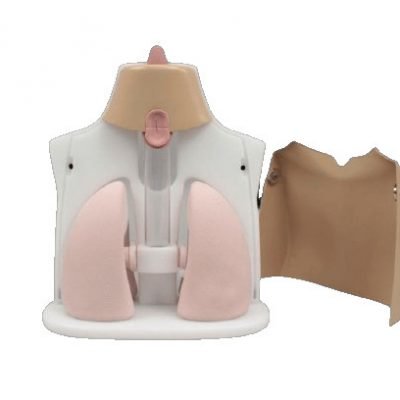
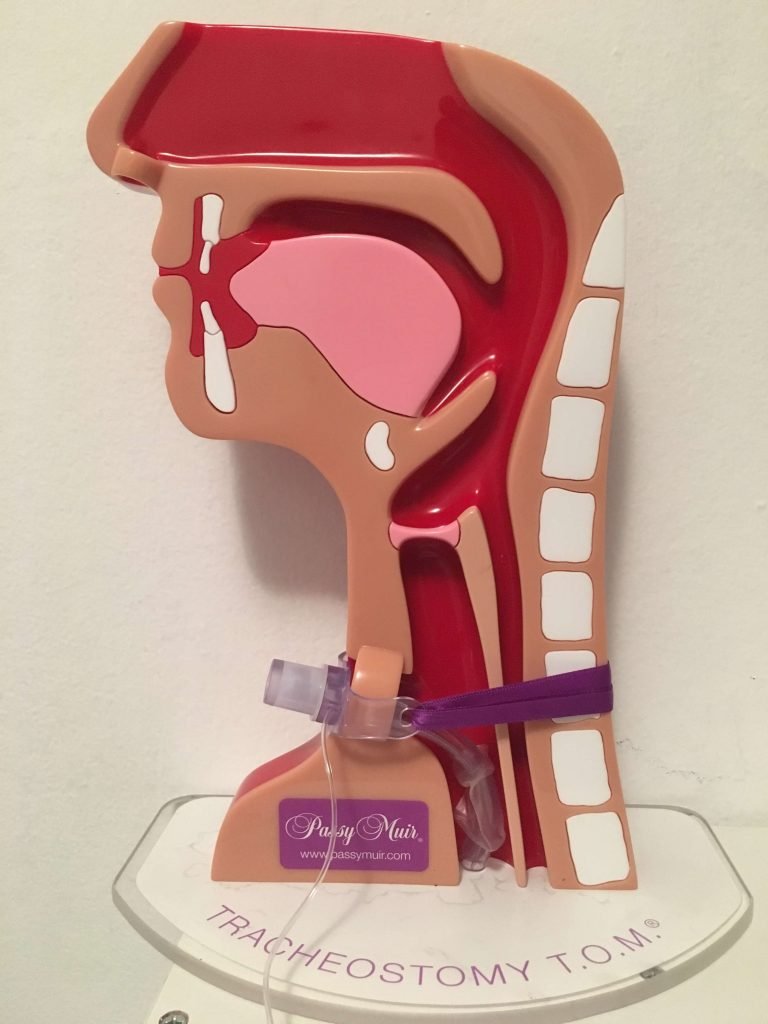



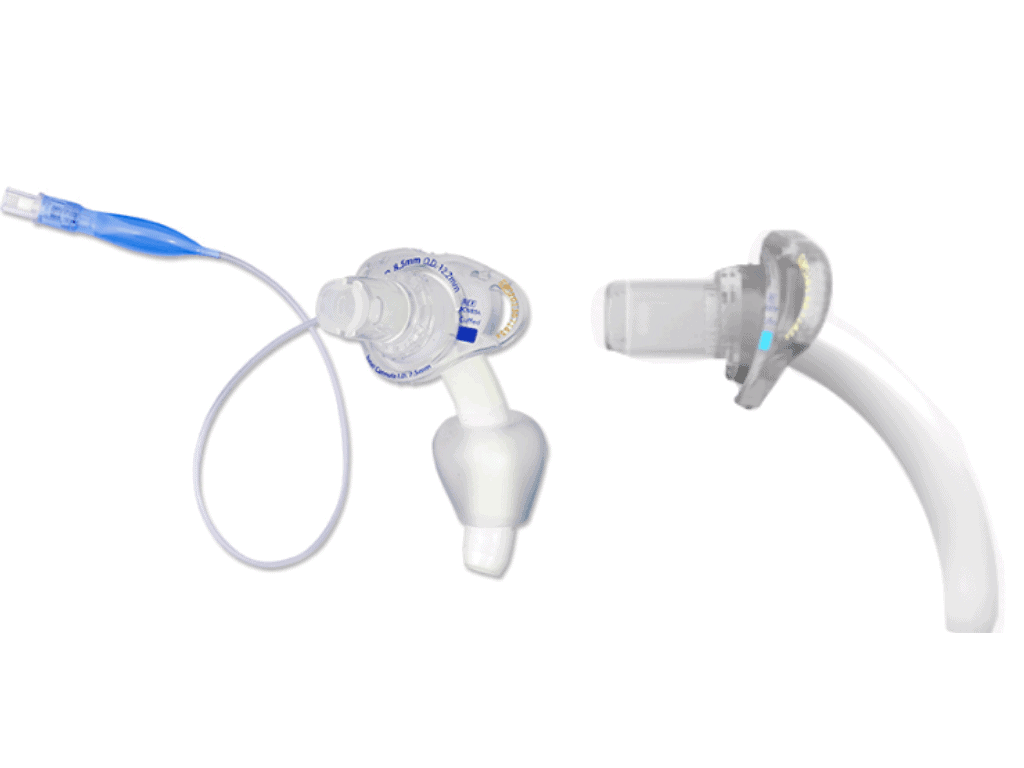
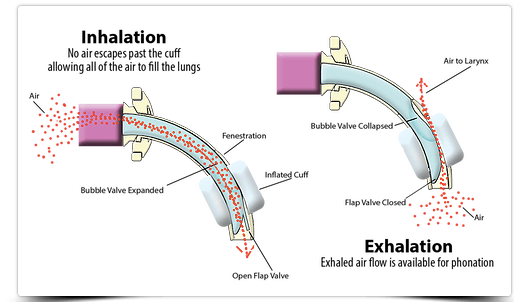
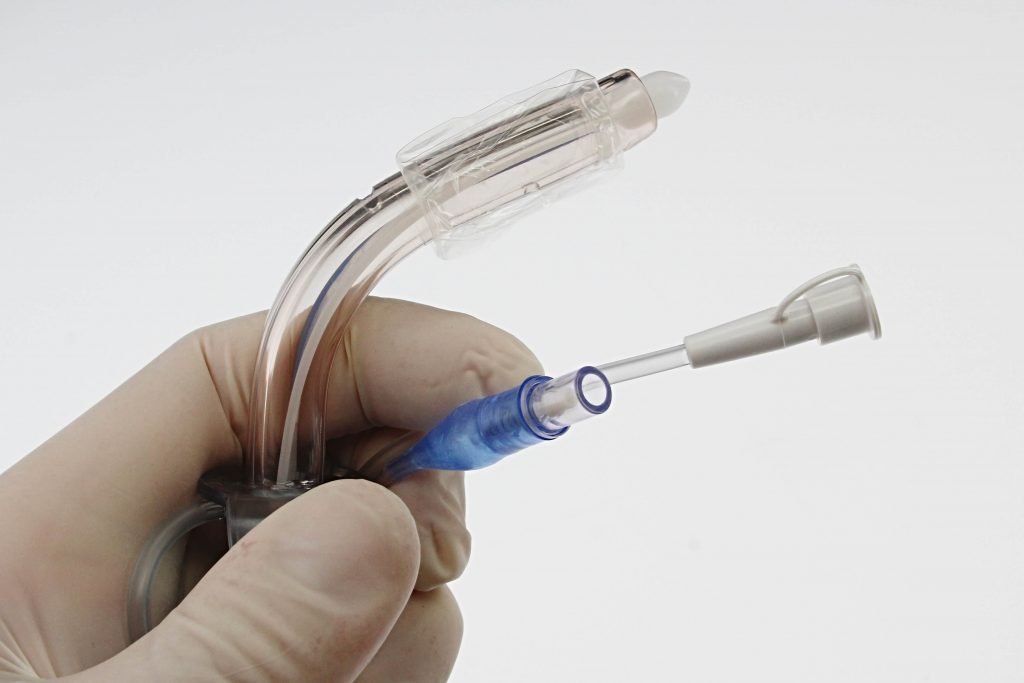
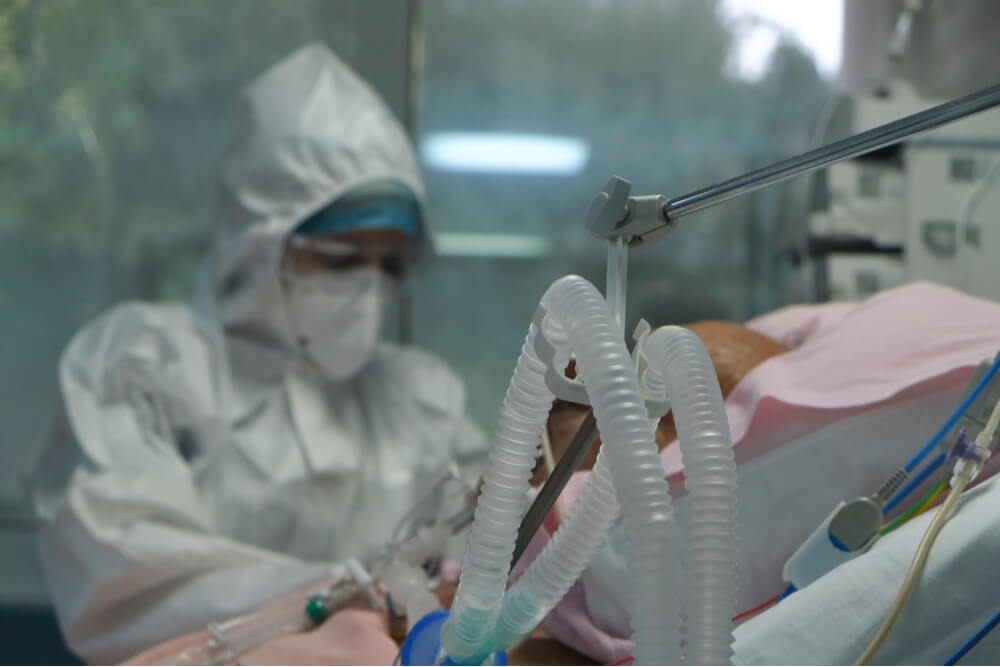
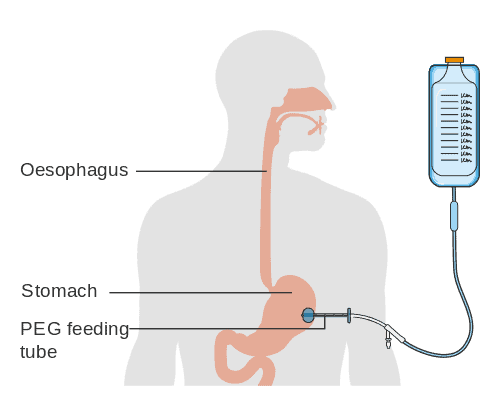


Responses